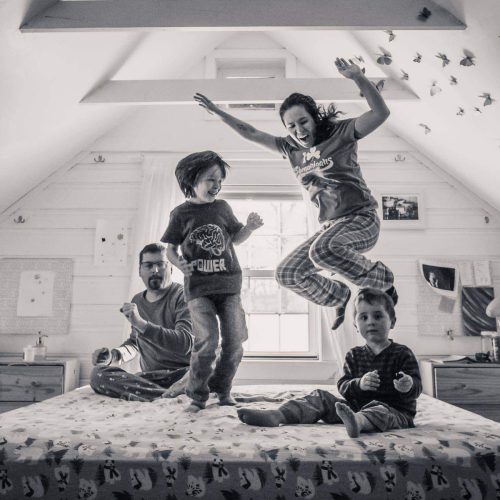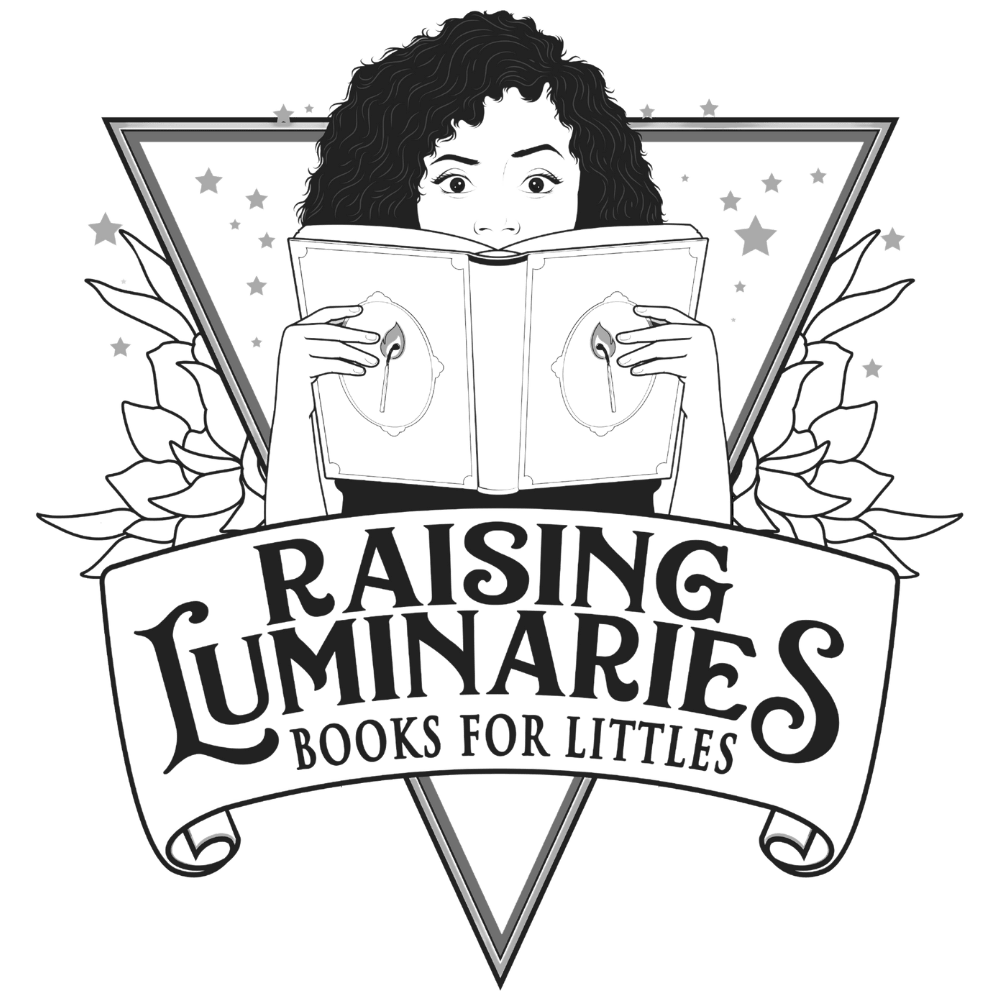Raising Luminaries & Books for Littles are free and accessible for readers who can’t afford a paywall. Since we’re a contribute-what-you can community, I try to fill in the gaps with affiliate links. Posts may contain affiliate links, which allow me to earn a commission at no extra cost to you. Check out the full affiliate disclosure along with my statement of accountability.
Let’s Learn About Indigenous Peoples Day
Pay attention not just to how many stories of Indigenous culture you’re reading with your kids, but the era in which they take place.
If the stories we’re reading are always set in the past, of people long-dead, we’re just reinforcing a terminal narrative.
The myth of a terminal narrative tells us that there are no survivors of genocide.
A terminal narrative suggests there are no survivors, so there is no reason to change our behavior. This myth tells us – these are a dead people. What happened to them was terrible, but they are no longer here. This gives us an excuse to remain apathetic – to ignore, dismiss, and to continue hurting people targeted by genocide.
A terminal narrative tells us that we have no obligation to learn from history, to take responsibility for the ways we continue to be complicit, or to seek justice – because what’s the use in seeking justice could exist for the dead?
And in the case of colonialism and Indigenous rights – the terminal narrative is a lie.
We fight by teaching our children that efforts to eliminate and extinguish Indigenous people and cultures were unsuccessful. Indigenous people have, and continue to – fight back, to resist, and to survive.
Indigenous people are still here. Still under attack. Still resisting.
When is it?
- Annually on the second Monday of October
Read:
- Coyote Columbus Story (Ages 3+)
- Go Show The World (Ages 6-9)
- We Are Still Here (Ages 7-10)
Discuss:
- Coyote Columbus Story’ Guided Family Reading Questions
- What stories and markers in your community (ex: historical markers) suggest that Indigenous people and cultures exist only in the past?
- Who are the first peoples of the land your family calls home?
- What does it mean to be Indigenous to a place?
- See more discussion questions, along with a guided story to help kids, in the Indigenous Peoples’ Day Family Action Toolkit
- What parts of colonization and genocide hurt to learn about?
- What ideas are we clinging to because we’re afraid to admit our part in colonization?
- What do we need to do to let go so we can build a safe home together here?
Take Action:
- Petition: Tell lawmakers to end whitewashing of Indigenous history in schools
- Indigenous Peoples’ Day Family Action Toolkit
Additional resources to dig deeper into this topic:
- Children’s Books by Indigenous Authors
- Countering Myths about Christopher Columbus with ‘A Coyote Columbus Story’
- Acknowledging personhood with We Are Water Protectors
- For the Luminary Braintrust: Can we talk about the “My Grandma was a Cherokee Princess” retcon in Frozen II?






